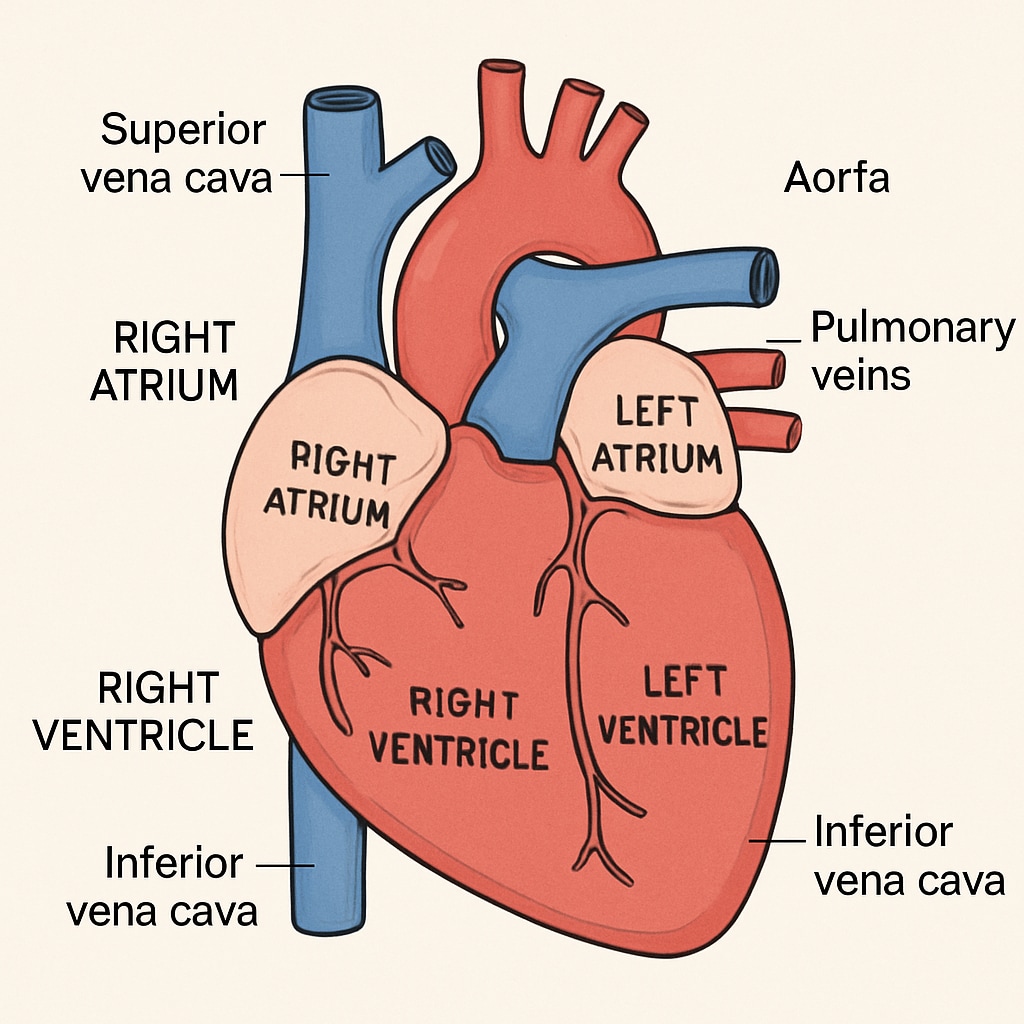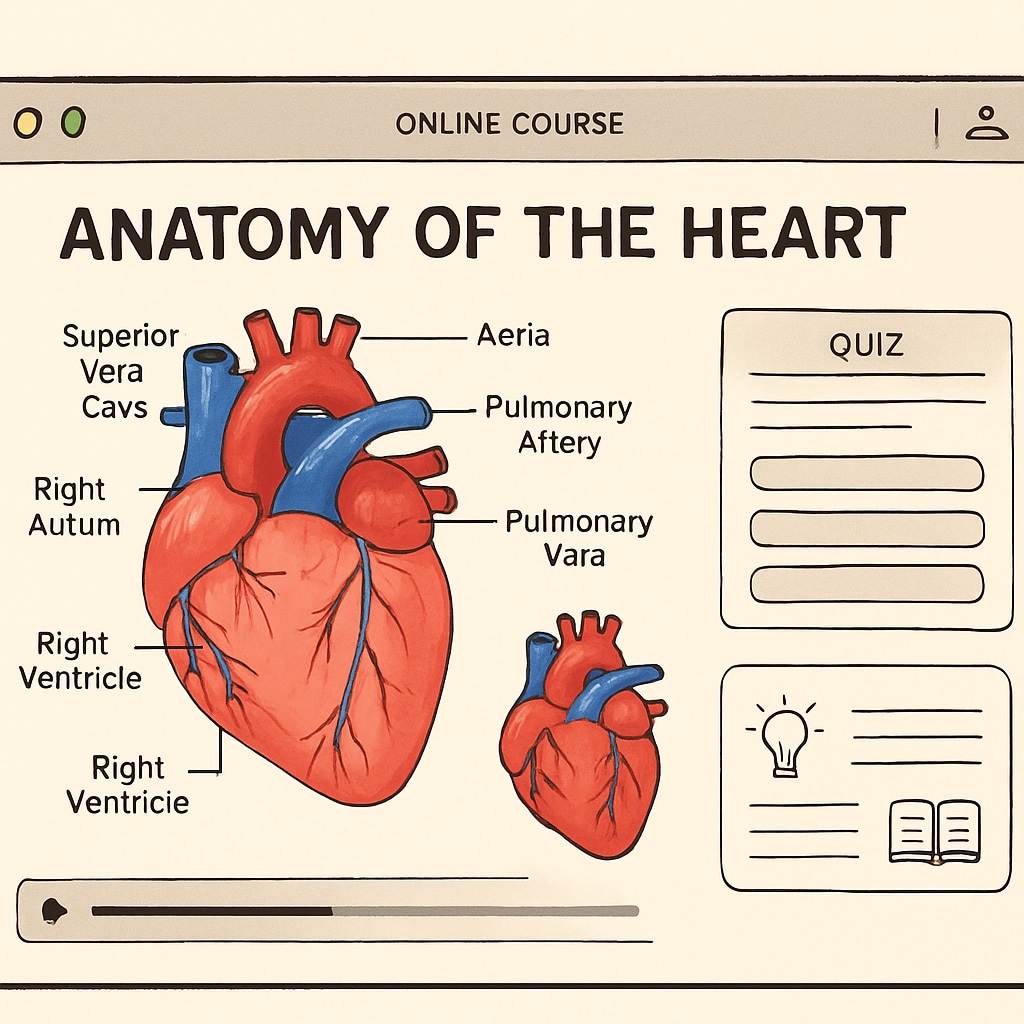For individuals with non-medical backgrounds, finding suitable cardiology resources can often feel overwhelming. The abundance of technical jargon, advanced concepts, and professional-grade materials can discourage K12 learners or enthusiasts trying to explore cardiology just for curiosity or foundational understanding. Thankfully, with tailored online courses and beginner-friendly tools, non-medical students can successfully dive into the fascinating world of cardiology without feeling lost.

Why Non-Medical Learners Face Challenges in Studying Cardiology
One of the primary obstacles for non-medical learners is the technical complexity of traditional medical resources. Textbooks, research papers, and professional-grade courses often assume prior knowledge of biology, anatomy, and physiology, making it hard for beginners to grasp even the basics.
In addition, most resources cater to professionals or medical students, leaving little room for entry-level learners who need simplified explanations or visual aids. For example, terms like “myocardial infarction” or “ischemic stroke” can be intimidating without proper context or introductory lessons.
How to Find Beginner-Friendly Cardiological Resources
Fortunately, there are several ways for non-medical students, including K12 learners, to find resources that match their skill level and interests. Below are some strategies to get started:
- Search for beginner-level online courses: Platforms like Coursera or edX often offer introductory courses on human anatomy and cardiology. Look for course descriptions that emphasize entry-level content or target non-medical audiences.
- Explore interactive tools: Websites like Khan Academy provide video lessons, quizzes, and interactive diagrams designed to simplify complex medical topics.
- Use visual aids and simulations: Programs like Visible Body or other anatomy apps offer 3D models of the heart and circulatory system, helping learners visualize concepts instead of relying purely on text.
- Read non-technical articles: Trusted medical websites such as Mayo Clinic or WebMD often publish simplified articles for general audiences. These resources explain conditions like heart disease in a way that’s accessible to non-professionals.

Recommended Resources for K12 Cardiological Enthusiasts
For K12 students who are curious about cardiology but lack the advanced knowledge required for professional resources, the following tools and platforms can spark their interest:
- KidsHealth: This website offers easy-to-read articles and videos tailored for younger audiences, explaining how the heart works and the importance of cardiovascular health.
- National Geographic Kids: While not purely medical, this platform provides engaging resources on human biology and the circulatory system, making science fun and relatable.
- CrashCourse YouTube Channel: With its high-energy videos, CrashCourse covers anatomy and physiology basics, including cardiology topics, in a way that’s both educational and entertaining.
Tips for Staying Engaged and Advancing Your Learning
Once you’ve found beginner-friendly cardiology resources, keeping your momentum can be challenging. Here are some tips to stay motivated:
- Set small learning goals: Instead of trying to master entire systems, focus on smaller objectives like understanding the heart’s chambers or the function of arteries and veins.
- Combine learning tools: Use a mix of videos, quizzes, and interactive simulations to keep your learning varied and engaging.
- Join online communities: Platforms like Reddit or dedicated forums often have groups where learners share tips, resources, and encouragement.
As a result, even non-medical students can build a solid foundation in cardiology without feeling overwhelmed by technical details. Whether you’re a K12 learner or an adult enthusiast, the key is to approach the subject with curiosity and find resources tailored to your level of understanding.
Final Thoughts: Cardiology is a captivating field that offers insights into the human body’s most vital organ—the heart. With the right resources and tools, non-medical learners can explore its wonders while gradually building their knowledge base. Start small, stay consistent, and enjoy the journey into this fascinating domain!


